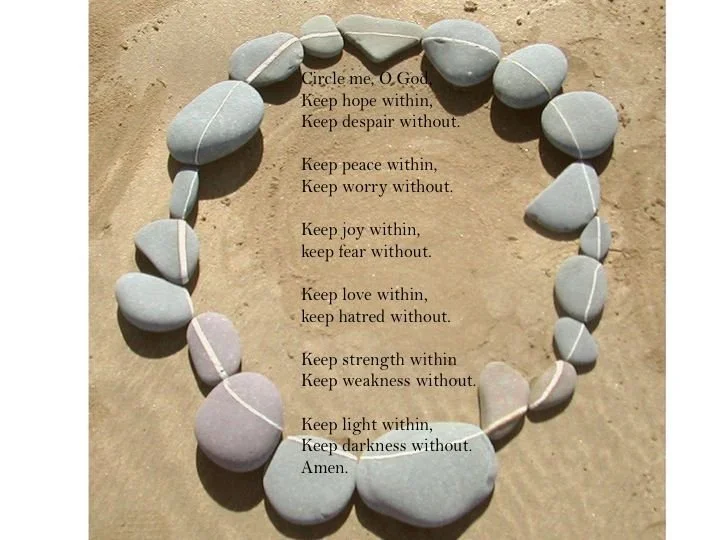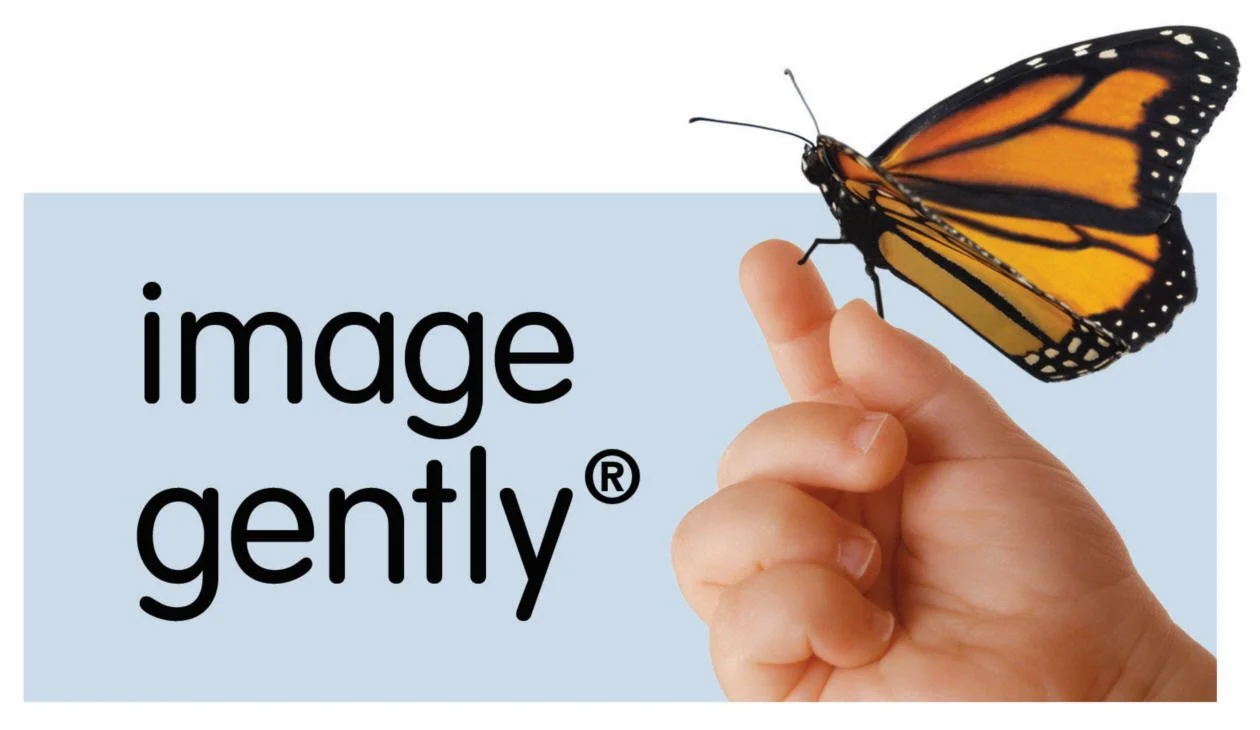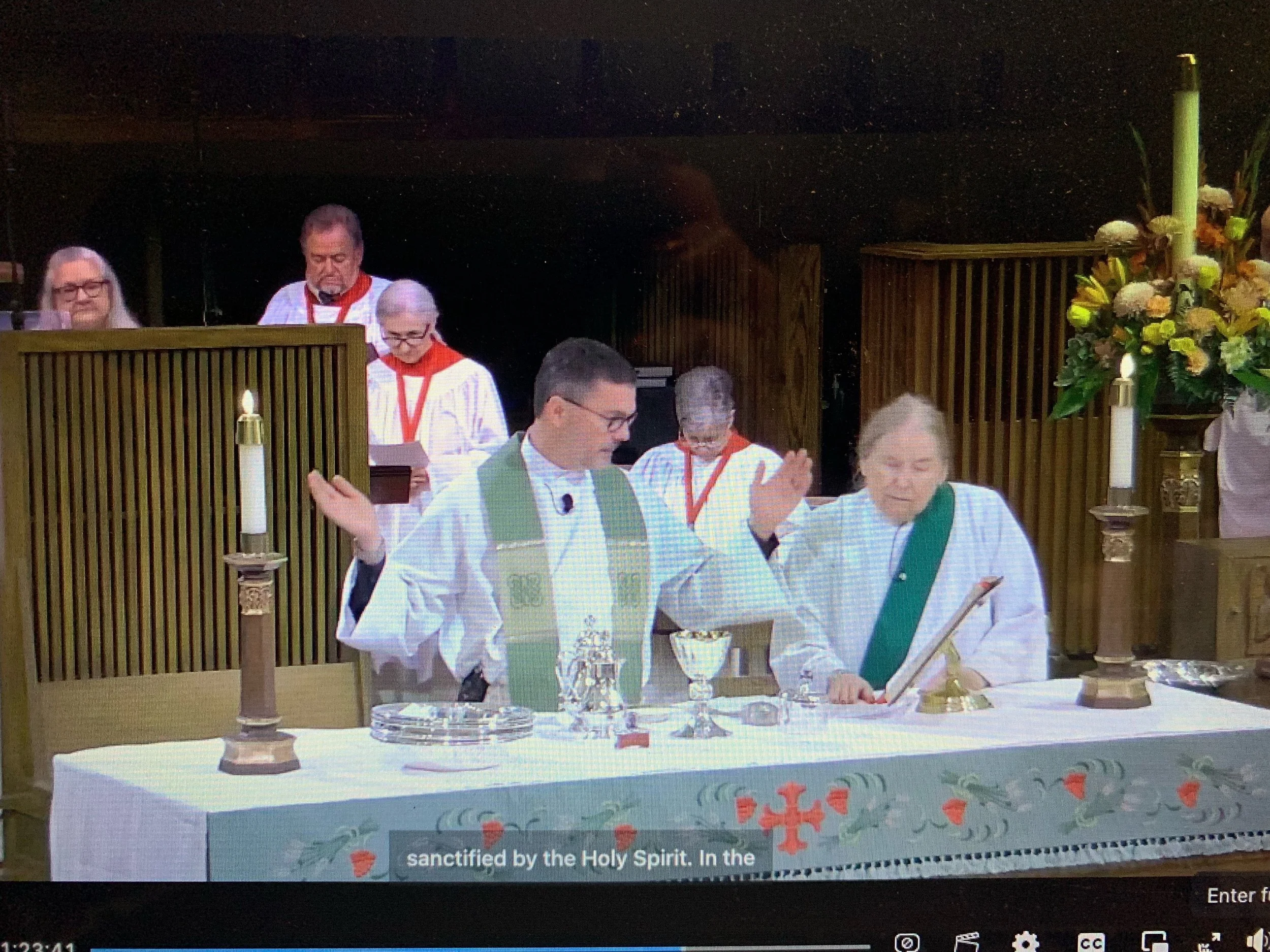Daily Protection Celtic Prayer
“May the guiding hands of God be on my shoulders,
may the presence of the Holy Spirit be on my head,
may the sign of Christ be on my forehead,
may the voice of the Holy Spirit be in my ears,
may the smell of the Holy Spirit be in my nose,
may the sight of the company of heaven be in my eyes,
may the speech of the company of heaven be in my mouth,
may the work of the church of God be in my hands,
may the serving of God and my neighbor be in my feet,
may God make my heart his home,
and may I belong to God, my Father, completely.”—Lorica of St. Fursa (Fursey), 7th Century, Translation composite, from Facebook Page of the Rev. Dr. Frederick Schmidt.
Fred Schmidt puts a prayer on his Facebook page almost every day. I cannot get this one out of my mind. St. Fursa was an Irish monk who was among the first to spread Christianity to Anglo-Saxon England in the seventh century. A “Lorica” is a protection prayer in the Irish Celtic tradition, often used before going to battle. It may have originated from the original Latin word "lorica," meaning breastplate or armor. It may have been inspired by Paul’s writing in Ephesians 6:11 to “put on the whole armor of Christ.”
As modern Christians, we can learn a great deal from the Celts. We have a treasury of their wisdom because they highly valued writing and education. On the other hand, I think of others who worshiped God, whose traditions we know nothing about because their experience—and not the writing—was primary to them. We need both.
This form of prayer should meet us as we wake up in the morning, maybe with that first cup of coffee or tea, or even before.
We may need to return to it during the day, leaving a copy in a convenient place so we do not forget to put on “the whole armor of God.” Sometimes, life seems like going into battle. However, my experience is that when prayers like this become part of our being, we recognize that the struggle is over and love has already won.






